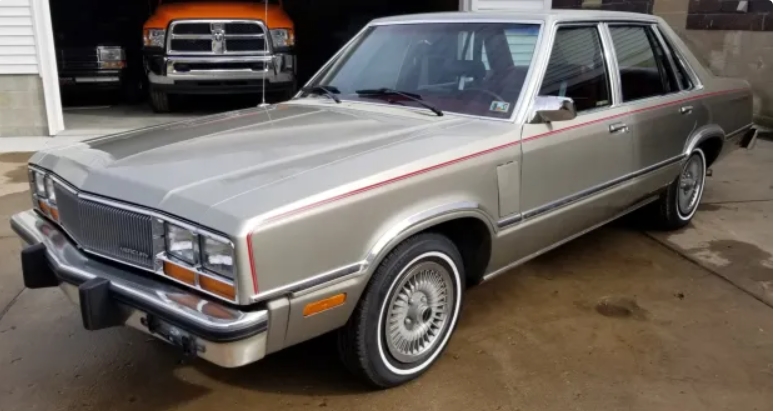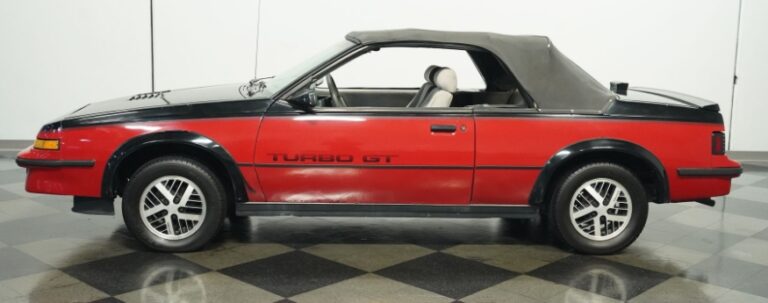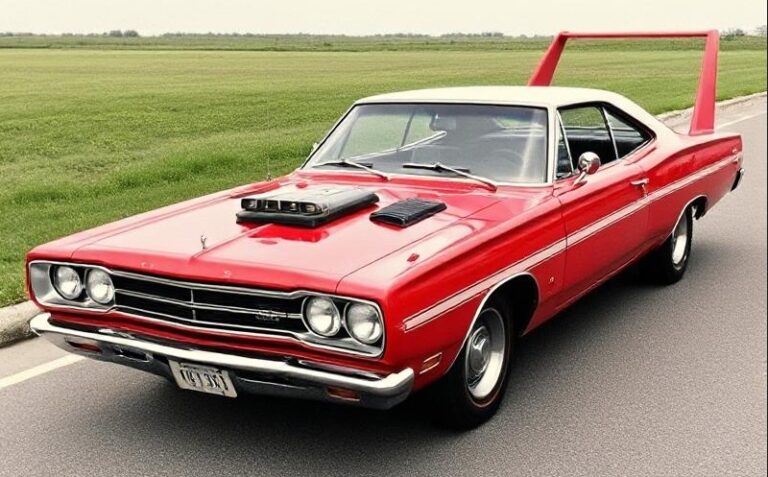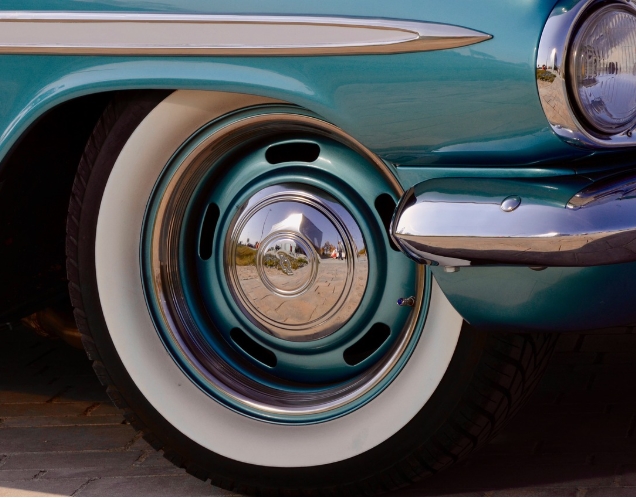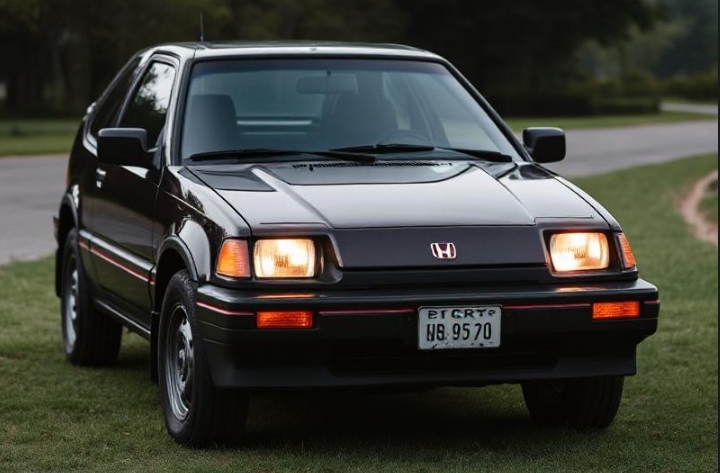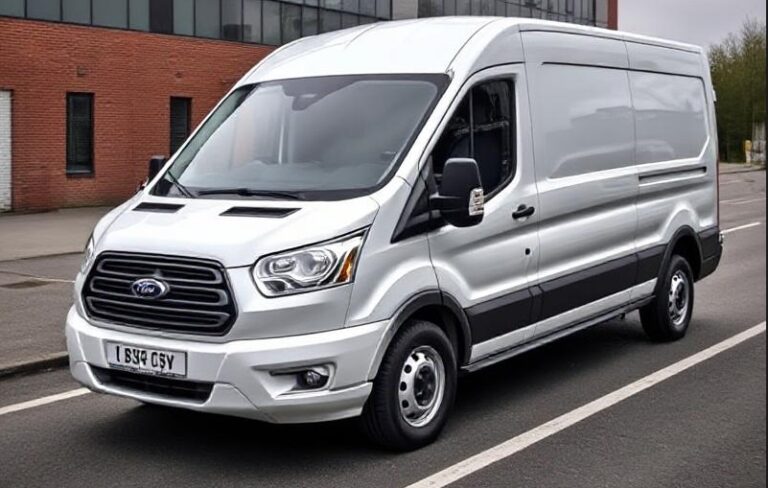The Evolution of The Mercury Zephyr
The Mercury Zephyr was a line of compact cars produced by Mercury, a division of Ford Motor Company, from 1978 to 1986. The Zephyr was introduced as a 1978 model, replacing the Mercury Comet, and was designed to be a more fuel-efficient and aerodynamic alternative to the larger Mercury Montego. Over the years, the Zephyr underwent several changes, including updates to its design, engine options, and trim levels.
When the Zephyr was first introduced in 1978, it was available in two body styles: a sedan and a wagon. The base model Zephyr came with a 3.3-liter inline-six cylinder engine, while the higher-end models had the option of a 5.0-liter V8 engine. The Zephyr was also available in several trim levels, including the base model, the Zephyr, and the Zephyr Ghia. The Ghia trim was the top-of-the-line model, featuring luxury amenities such as air conditioning, power windows, and a premium sound system.
For the 1979 model year, the Zephyr received some minor updates, including a revised grille and new exterior color options. The engine options remained the same, with the 3.3-liter inline-six and 5.0-liter V8 engines still available. The trim levels also remained the same, with the base model, Zephyr, and Zephyr Ghia still offered.
In 1980, the Zephyr underwent a significant redesign, with a new front fascia, revised taillights, and updated interior decor. The engine options were also updated, with a new 2.3-liter inline-four cylinder engine becoming the base engine. The 3.3-liter inline-six and 5.0-liter V8 engines were still available as options. The trim levels were also expanded, with the introduction of a new Zephyr ES (Executive Series) model. The ES model featured a more luxurious interior, with premium cloth seats, and a range of convenience features, including power locks and a premium sound system.
For the 1981 model year, the Zephyr received some minor updates, including a revised instrument cluster and new exterior color options. The engine options remained the same, with the 2.3-liter inline-four, 3.3-liter inline-six, and 5.0-liter V8 engines still available. The trim levels also remained the same, with the base model, Zephyr, Zephyr Ghia, and Zephyr ES still offered.
In 1982, the Zephyr was updated with a new front air dam and revised taillights. The engine options were also updated, with a new 3.8-liter V6 engine becoming available as an option. The 2.3-liter inline-four, 3.3-liter inline-six, and 5.0-liter V8 engines were still available as options. The trim levels were also expanded, with the introduction of a new Zephyr LX model. The LX model featured a sport-tuned suspension, a unique exterior trim package, and a range of convenience features, including power windows and a premium sound system.
For the 1983 model year, the Zephyr received some minor updates, including a revised grille and new exterior color options. The engine options remained the same, with the 2.3-liter inline-four, 3.3-liter inline-six, 3.8-liter V6, and 5.0-liter V8 engines still available. The trim levels also remained the same, with the base model, Zephyr, Zephyr Ghia, Zephyr ES, and Zephyr LX still offered.
In 1984, the Zephyr was updated with a new exterior trim package, featuring a revised front fascia and new taillights. The engine options were also updated, with the 3.3-liter inline-six engine being discontinued. The 2.3-liter inline-four, 3.8-liter V6, and 5.0-liter V8 engines were still available as options. The trim levels were also expanded, with the introduction of a new Zephyr GS model. The GS model featured a sport-tuned suspension, a unique exterior trim package, and a range of convenience features, including power windows and a premium sound system.
For the 1985 model year, the Zephyr received some minor updates, including a revised instrument cluster and new exterior color options. The engine options remained the same, with the 2.3-liter inline-four, 3.8-liter V6, and 5.0-liter V8 engines still available. The trim levels also remained the same, with the base model, Zephyr, Zephyr Ghia, Zephyr ES, Zephyr LX, and Zephyr GS still offered.
In 1986, the Zephyr was discontinued, replaced by the Mercury Sable. The Sable was a more modern and aerodynamic car, featuring a sleek new design and a range of advanced safety features. The Zephyr had a successful run, with over 900,000 units sold during its production run.
.

.
Throughout its production run, the Mercury Zephyr was offered in a range of trim levels, including:
- Base model: The base model Zephyr was the most basic trim level, featuring a 2.3-liter inline-four engine and a range of standard features, including air conditioning, power steering, and a AM/FM radio.
- Zephyr: The Zephyr trim level added a range of features to the base model, including power windows, a premium sound system, and a range of convenience features.
- Zephyr Ghia: The Ghia trim level was the top-of-the-line model, featuring a range of luxury amenities, including air conditioning, power windows, and a premium sound system.
- Zephyr ES (Executive Series): The ES model was introduced in 1980, featuring a more luxurious interior, with premium cloth seats, and a range of convenience features, including power locks and a premium sound system.
- Zephyr LX: The LX model was introduced in 1982, featuring a sport-tuned suspension, a unique exterior trim package, and a range of convenience features, including power windows and a premium sound system.
- Zephyr GS: The GS model was introduced in 1984, featuring a sport-tuned suspension, a unique exterior trim package, and a range of convenience features, including power windows and a premium sound system.
In addition to these trim levels, the Zephyr was also available in a range of body styles, including:
- Sedan: The sedan was the most common body style, featuring a traditional three-box design.
- Wagon: The wagon was a popular body style, featuring a larger cargo area and a range of convenience features, including a rear-facing third row seat.
- Coupe: The coupe was a sporty body style, featuring a two-door design and a range of performance features, including a sport-tuned suspension and a range of engine options.
Overall, the Mercury Zephyr was a successful car, known for its fuel efficiency, reliability, and affordability. Throughout its production run, the Zephyr underwent several changes, including updates to its design, engine options, and trim levels. Today, the Zephyr is remembered as a classic car, with many examples still on the road and a loyal following among car enthusiasts.
